Jul 23, 2018
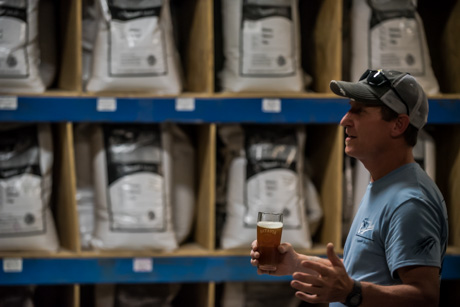
When Ted and Patricia Hawley launched New York Craft Malt in 2013, it could have been characterized as an experiment. It was certainly speculative.
The State Legislature had recently passed a law that opened the door to commercial craft brewing and distilling, but it required 90 percent of the ingredients of any craft brew to come from New York.
Malt, created from barley, is a critical ingredient in beer but what legislators apparently didn't realize was that malting barley hadn't been grown in New York for nearly 100 years.
The Hawleys recognized an opportunity and they opened New York Craft Malt in Batavia.
"It was very experimental," Ted Hawley said after giving a tour of his malthouse to about 100 people on Wednesday, including beer enthusiasts, farmers, other malters, and brewers. "I had to educate myself on how to malt. I had to learn how to malt with this equipment. I had to learn the equipment and learn the trade, so I've come a long way in a short time."
Today, New York Craft Malt offers more than 40 varieties of malt with an emphasis on flavor and color, the unique attributes of craft malts. Brewers from throughout New York buy Hawley's malts and he now has customers in New Jersey, Pennsylvania, Colorado, Oregon and California.
"The circle is growing," Hawley said.
New York Craft Malt is also no longer the only malthouse in New York. There are 12 now, and each is unique, according to Gary C. Bergstrom, chair of Cornell University's Plant Pathology Department.
"I’ve seen every one of them and I can tell you, every one of them does things a little differently," Bergstrom said. "The word craft really applies here."
The tour of Hawley's operations started with Bergstrom and other members of Cornell's team in a farm field off of Assemblyman R. Stephen Hawley Drive in Batavia where Hawley and Cornell work together to grow experimental barley strains as they try to develop varieties that can not only thrive in New York but also provide what craft malters seek -- a choice of flavors and colors.
Malting in New York fell victim 100 years ago to market forces, the climate (it's not easy to grow barely in New York), and Prohibition. The effort to bring barley back has concentrated on developing strains that can grow well and be disease free in this climate.
"After the legislation passed, we quickly realized that we didn't grow what the whole industry depends on, which is malting barley," Bergstrom said. "We hadn't grown it since Prohibition. We had an immediate challenge and a positive challenge."
Cornell scientists swiftly started studying all of the varieties grown throughout the world to find which might best be adapted to New York.
"We started a breeding project to find our own unique variety of barley," Bergstrom said. "In the meantime, we learned about varieties that do well enough here to grow them and how to adapt them, how to reduce the risks and toxins on them, and how to harvest them to get the best quality we can produce right now."
Hawley has been an integral part of that barley trials, Bergstrom said.
"Ted has been a great partner with Cornell," Bergstrom said. "He's cooperated on trials; he's opened his facility to tours; at the state level he's been a good person to network and share his knowledge with others. He's helped on the education front as well as the research."
After the field tour and the malthouse tour, the group headed over to Eli Fish Brewing Company where master brewer Jon Mager gave a tour of his operation and guests could sample some locally brewed beers.
With a craft beer in hand, Jason Crossett, lead brewer for the New York Beer Project in Lockport, said coming on the tour was an important part of seeing how the whole value chain of craft beer works in New York. It was a chance to meet growers and even though he knows how malting works, he wanted to see how a craft malthouse did it.
"For me, I've done a few beers with Ted's malts but I always wanted to check out his facilities and see how a small malting operation works," Crossett said. "It was very important for me to see how the grain gets from the farmer to the malter to the brewer. To me, it's a cycle. Beer can't be made without the malters doing what they do and the farmers doing what they do and the brewers doing what we do. It takes all of us to make a good product for consumers."
Hawley also emphasized the importance of those cooperative relationships. They are, he said, what has enabled his business to grow and thrive. Early on, a few brewers trusted him enough to work with him and help him develop his product.
"In the beginning, I had bad supplies," Hawley said. "I was learning the trade and now those brewers trust me for quality malt because, without their feedback, I wouldn’t know if I was making something that was good or not. I needed their feedback, their honest, constructive criticism and it has made me where I am today."
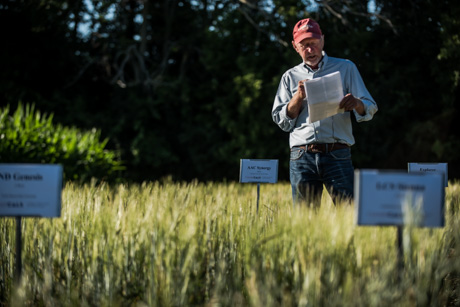
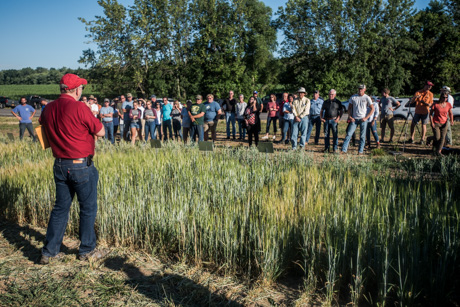
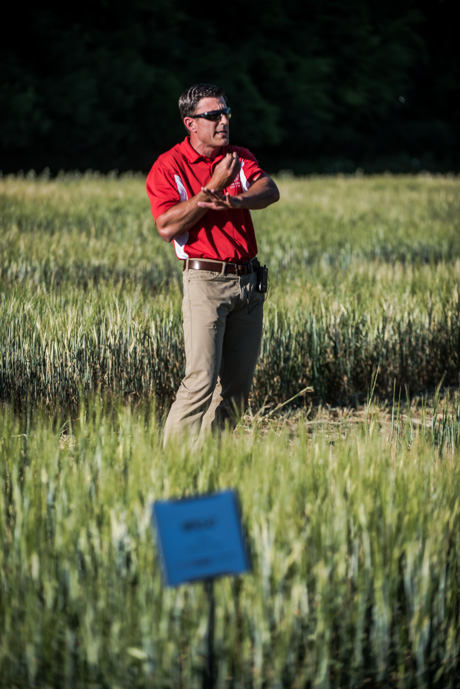
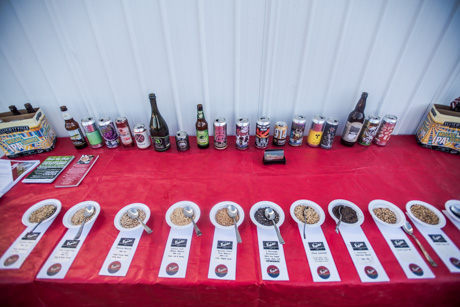
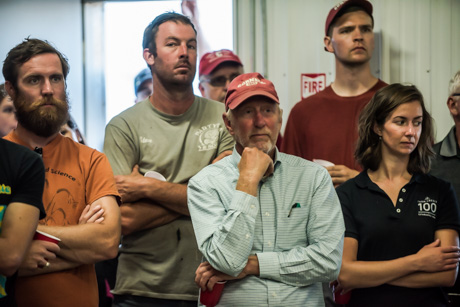
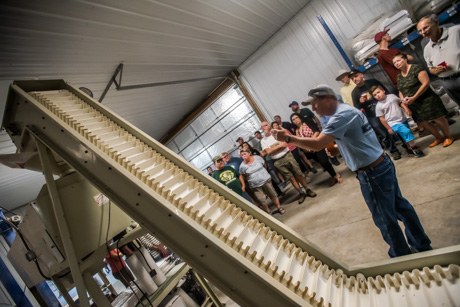
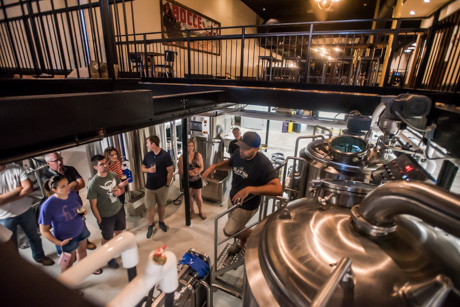
By Howard Owens, The Batavian




